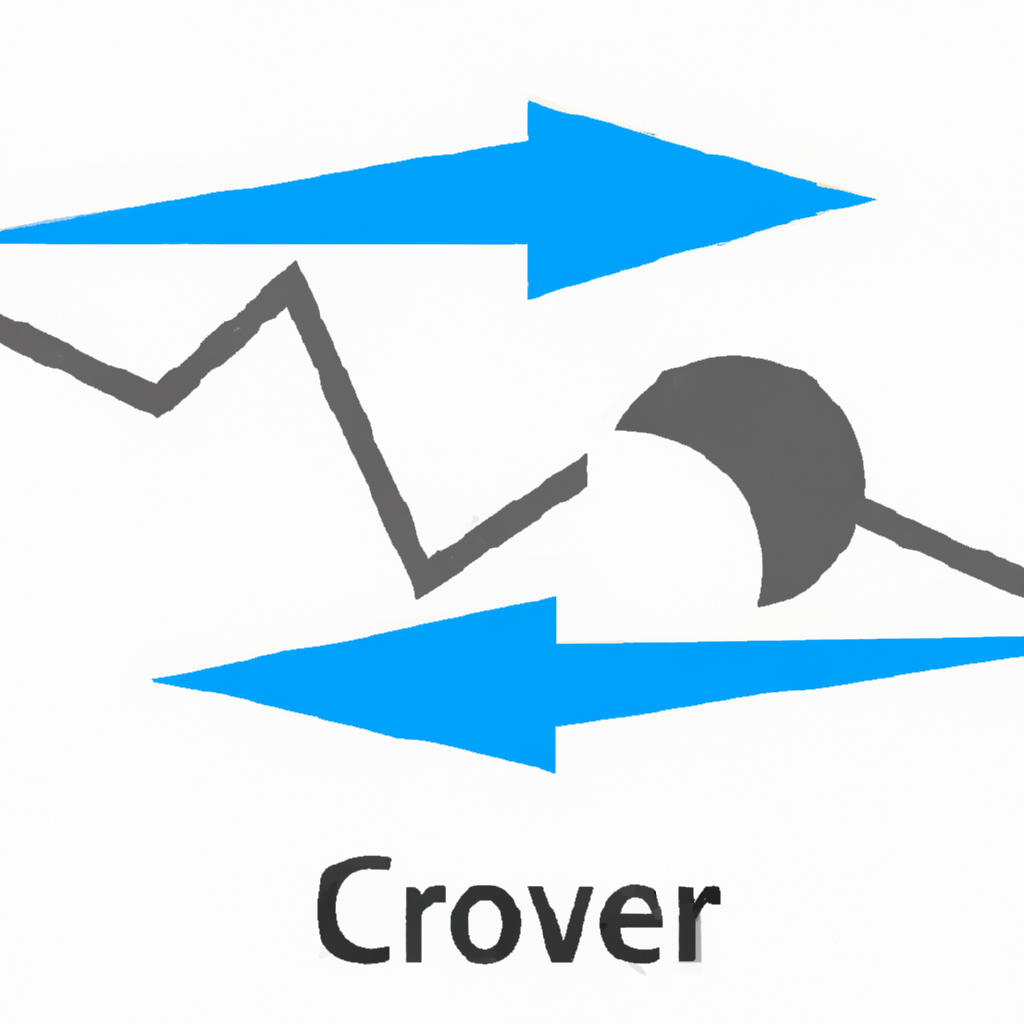How to Draw Accurate Trend Lines
Understanding Trend Lines
Trend lines are used in technical analysis to visually represent the direction of a stock or market’s price movement. They are drawn by connecting two or more price points on a chart to show the overall trend of the asset.
Identifying Key Points
Before drawing a trend line, it’s important to identify key points on the chart that represent significant highs or lows in the price movement. These points should be clearly visible and not too close together.
Steps to Identify Key Points:
- Look for peaks and troughs in the price movement
- Identify at least two points that create a clear trend
- Avoid using points that are too close together
Drawing the Trend Line
Once you have identified the key points, you can begin drawing the trend line. This line should connect the lows or highs of the price movement, depending on whether the trend is upward or downward.
Steps to Draw the Trend Line:
- Use a ruler or drawing tool to connect the key points
- Ensure the line touches as many points as possible without crossing through the price movement
- Adjust the line if necessary to fit the overall trend
Interpreting the Trend Line
Once the trend line is drawn, you can use it to make predictions about future price movements. A trend line that slopes upwards indicates an uptrend, while a line that slopes downwards indicates a downtrend. The angle and steepness of the trend line can also provide insights into the strength of the trend.
Key Points to Remember:
- Use multiple points to draw a trend line for more accuracy
- Adjust the trend line as the price movement changes
- Combine trend lines with other technical indicators for better analysis
By following these steps and guidelines, you can draw accurate trend lines to help you analyze and predict price movements in the financial markets.


